-
The Morse code in the Pink Floyd song ‘Astronomy Domine’

(Credits: Far Out / Alamy) Tue 21 November 2023 19:00, UK Pink Floyd stands as one of the most influential bands in music history. Across their extensive and illustrious career, the group transitioned from the raw psychedelia of their initial era, led by Syd Barrett, to a deep dive into musical and studio experimentation. As…
-
Webb space telescope spies precocious ‘teenage’ galaxies
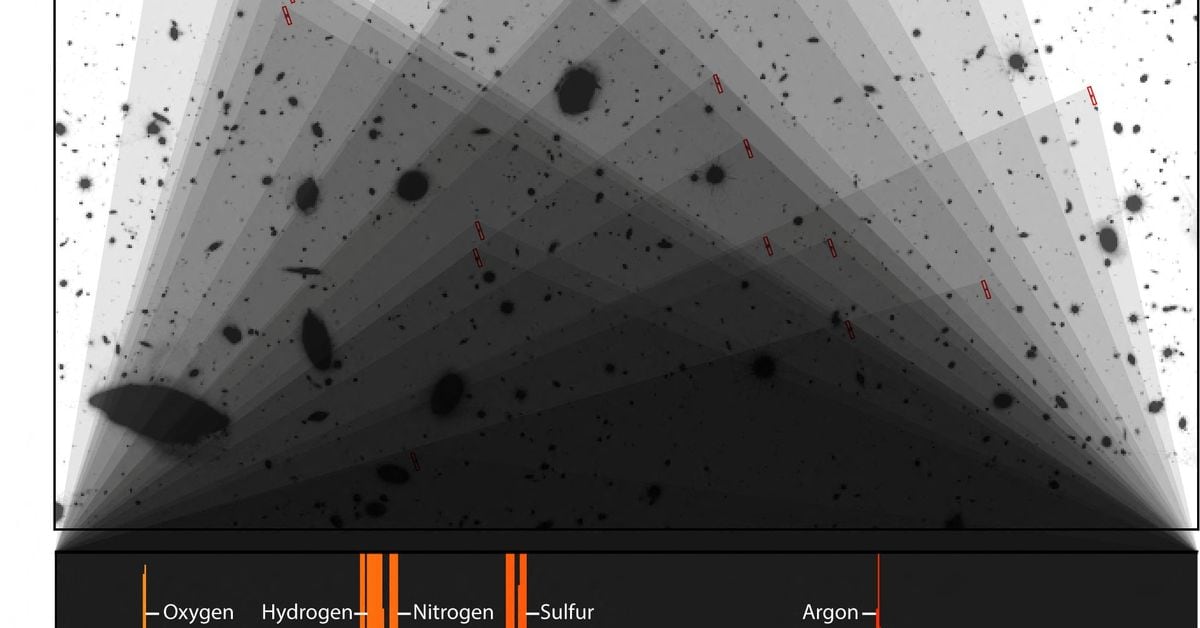
WASHINGTON, Nov 21 (Reuters) – Since becoming operational last year, the James Webb Space Telescope has made groundbreaking observations involving some of the universe’s earliest galaxies. One might call them galactic infants. But Webb has obtained even better data on galaxies a bit further along in development. Astronomers call these the galactic “teenagers.” And, as…
-
Bethany Theiling: Researching Oceans on Earth and Beyond

Bethany Theiling is a planetary research scientist at NASA’s Goddard Space Flight Center in Greenbelt, Maryland. Name: Bethany TheilingFormal Job Classification: Planetary research scientistOrganization: Planetary Environment Laboratory, Science Directorate (Code 699) What do you do and what is most interesting about your role here at Goddard? How do you help support Goddard’s mission? I am…
-
NASA Requests Funding for $1 Billion ‘Space Tug’ to Deorbit the ISS
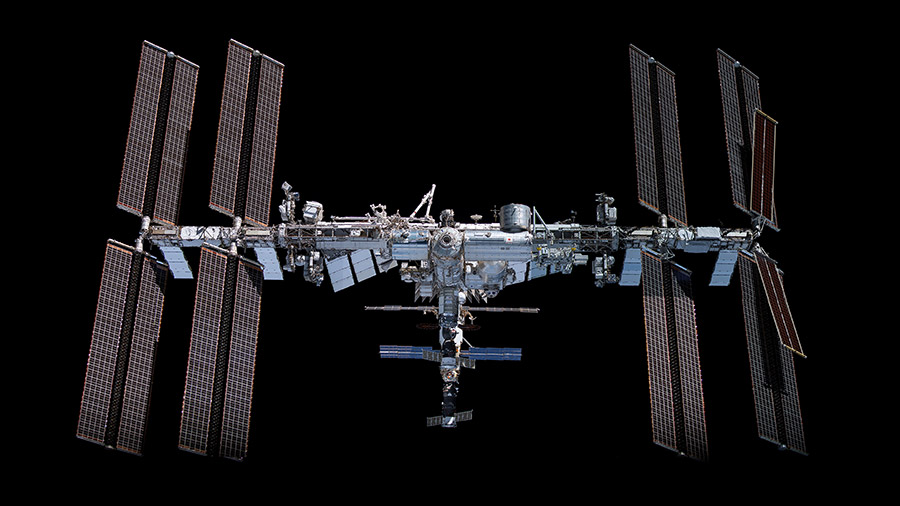
The ISS is too large to entirely burn up in the atmosphere. Image credit: NASA. NASA is developing a plan to deorbit the International Space Station (ISS) at the end of its lifetime, currently scheduled for 2030. Since the 356-foot-wide laboratory is too big to completely vaporize if left to naturally burn in Earth’s atmosphere,…
-
Inspirational star gazers look forward to a bright future as membership rockets
Inverclyde Skywatchers started with only eight members and this has more than tripled — and set to climb even higher. The club runs an inspiring programme of talks, visits and social events throughout the year. The group first met in Barr’s Cottage Library in 2015 but had since moved to Inverkip Hub, where it is thriving. Marion…
-
Webb details WASP-107b, the weird exoplanet where it rains sand
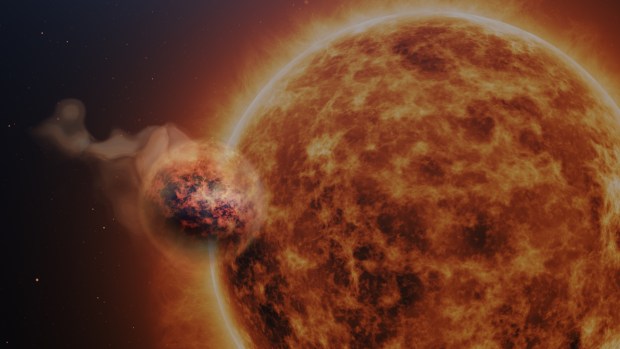
An artistic impression of WASP-107b and its parent star. Illustration: LUCA School of Arts, Belgium/ Klaas Verpoest (visuals), Johan Van Looveren (typography). Science: Achrène Dyrek (CEA and Université Paris Cité, France), Michiel Min (SRON, the Netherlands), Leen Decin (KU Leuven, Belgium) / European MIRI EXO GTO team / ESA / NASA The word “sandstorm” should…
-
Webb telescope captures never-before-seen glimpse of the heart of the Milky Way
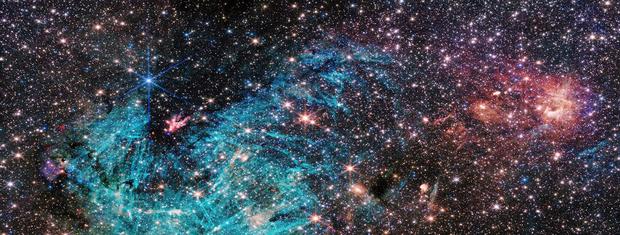
(CNN) — The James Webb Space Telescope has looked into the heart of the Milky Way galaxy, unveiling new features and mysteries within the chaotic region that could help astronomers unravel more details about the early universe. The space observatory’s ability to view the universe in infrared light, which is invisible to the human eye,…
-
Why Milky Way-type galaxies are rare in our local universe
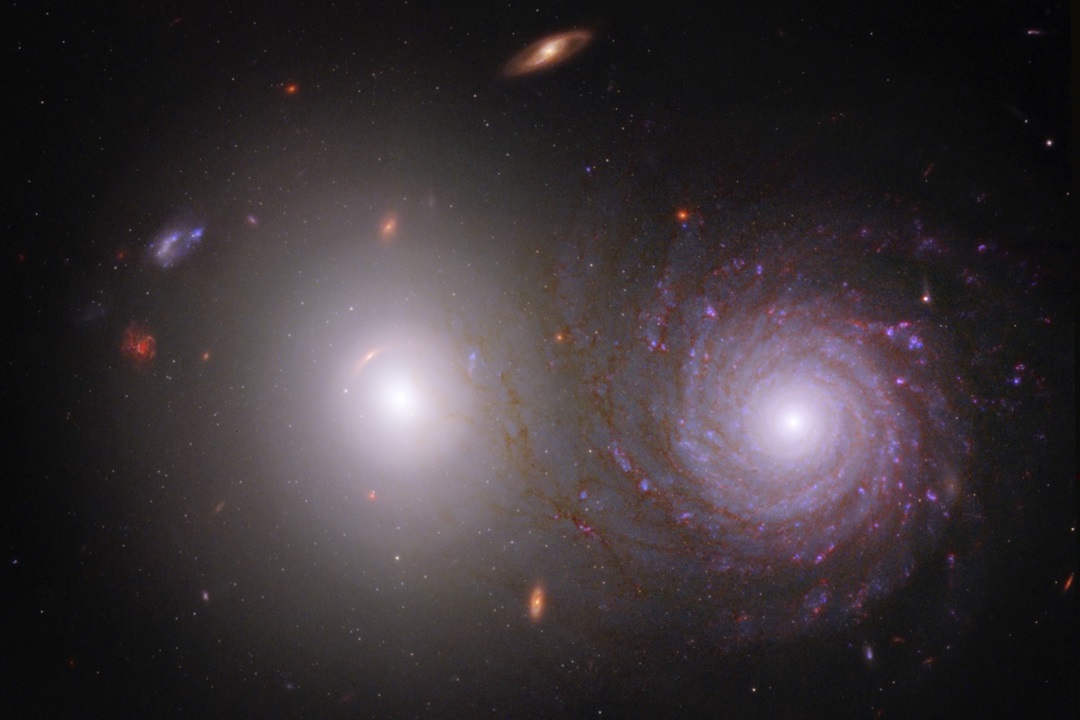
For decades, cosmologists have wondered why spiral galaxies are largely missing from our local region of the universe, which is referred to as “Supergalactic Plane.” Spiral galaxies like the Milky Way are rare in our area of the cosmos. Now, with simulations from an innovative supercomputer, astrophysicists think they understand why. The Supergalactic Plane is…
-
Tom Hanks visits Artemis 2 moon astronauts and NASA Mission Control
Iconic actor Tom Hanks, who once played a moon astronaut in film, met with four real-life astronauts on the verge of exploring lunar realms themselves. “Apollo 13” actor Hanks touched down in Houston — where happily, he did not report a problem — to meet with the Artemis 2 crew. Those four astronauts posed with…
-
Memoirs of a Galaxy
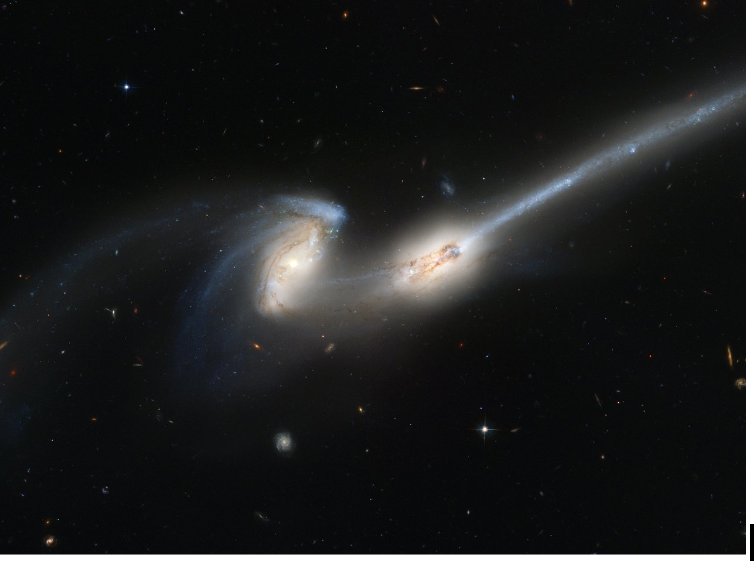
Title:Constraining the assembly time of the stellar haloes of nearby Milky Way-mass galaxies through AGB populations Authors: Benjamin Harmsen, Eric F Bell, Richard D’Souza, Antonela Monachesi, Roelof S de Jong, Adam Smercina, In Sung Jang, Benne W Holwerda First Author’s Institution: University of Michigan Department of Astronomy Status: Published in MNRAS [closed access] Watching a…